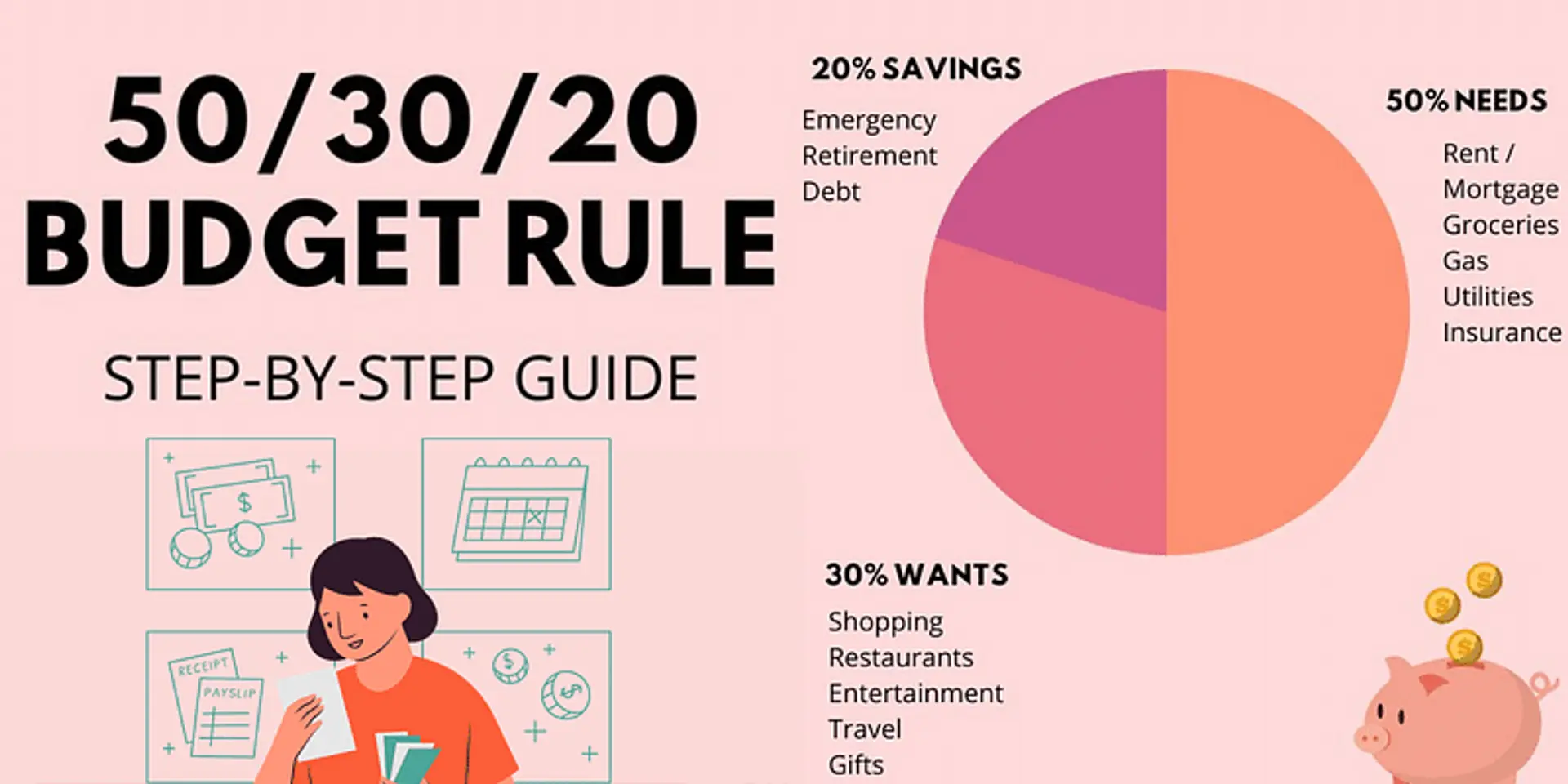The 50/30/20 Budget Rule: A Step-by-Step Guide to Smarter Spending
Streamline your spending with the 50/30/20 budget rule. Ideal for those seeking a straightforward approach to managing money, saving, and enjoying life.
The 50/30/20 budget rule, conceived by U.S. Senator Elizabeth Warren and Amelia Warren Tyagi in "All Your Worth: The Ultimate Lifetime Money Plan," is a straightforward and practical method for managing personal finances. It offers a balanced approach to income allocation, ensuring that essential needs, personal desires, and financial growth are all addressed.
Key Elements of the 50/30/20 Rule
The rule breaks down after-tax income into three distinct categories:
Needs (50%): This category covers fundamental expenses such as rent or mortgage, groceries, utilities, and insurance. The rule suggests these essential living costs should not exceed half of one's income.
Wants (30%): This portion is for discretionary spending on non-essential items like dining, entertainment, and hobbies. It allows for personal enjoyment while promoting financial responsibility.
Savings/Debt Repayment (20%): The final 20% is earmarked for savings, investments, and paying off debts beyond the minimum payments. This could include retirement fund contributions, building an emergency fund, or tackling higher-interest debts.
Advantages
Simplicity: Its clear structure makes it accessible and easy to follow.
Flexibility: Adaptable to different income levels and lifestyles.
Balance: Offers a well-rounded approach to handling current needs, enjoying life, and preparing for the future.
Financial Discipline: Encourages prudent spending and consistent saving habits.
Implementing the Rule
Determine After-Tax Income: For salaried employees, it's the take-home pay; for self-employed individuals, it's income after taxes and business expenses.
Classify Current Spending: Analyse expenses to fit them into the three categories.
Adjust as Needed: If spending exceeds the suggested percentages, find ways to reduce costs or reallocate funds.
Automate Your Finances: Use automatic transfers and bill payments to adhere to the budget plan.
Potential Challenges
Not Universally Applicable: Those with substantial debt or lower incomes may find the 20% savings goal challenging.
High Living Costs: In areas with steep living expenses, the 50% allocation for necessities might be inadequate.
Limited Scope for Complex Situations: The rule is a guideline and may not address every unique financial situation.
The 50/30/20 budget rule is an excellent starting point for individuals new to budgeting or those seeking a simple yet effective financial management framework. While customisation and regular reviews are crucial, this rule lays a solid foundation for cultivating sound financial practices, enabling individuals to live within their means and plan for future financial stability.







